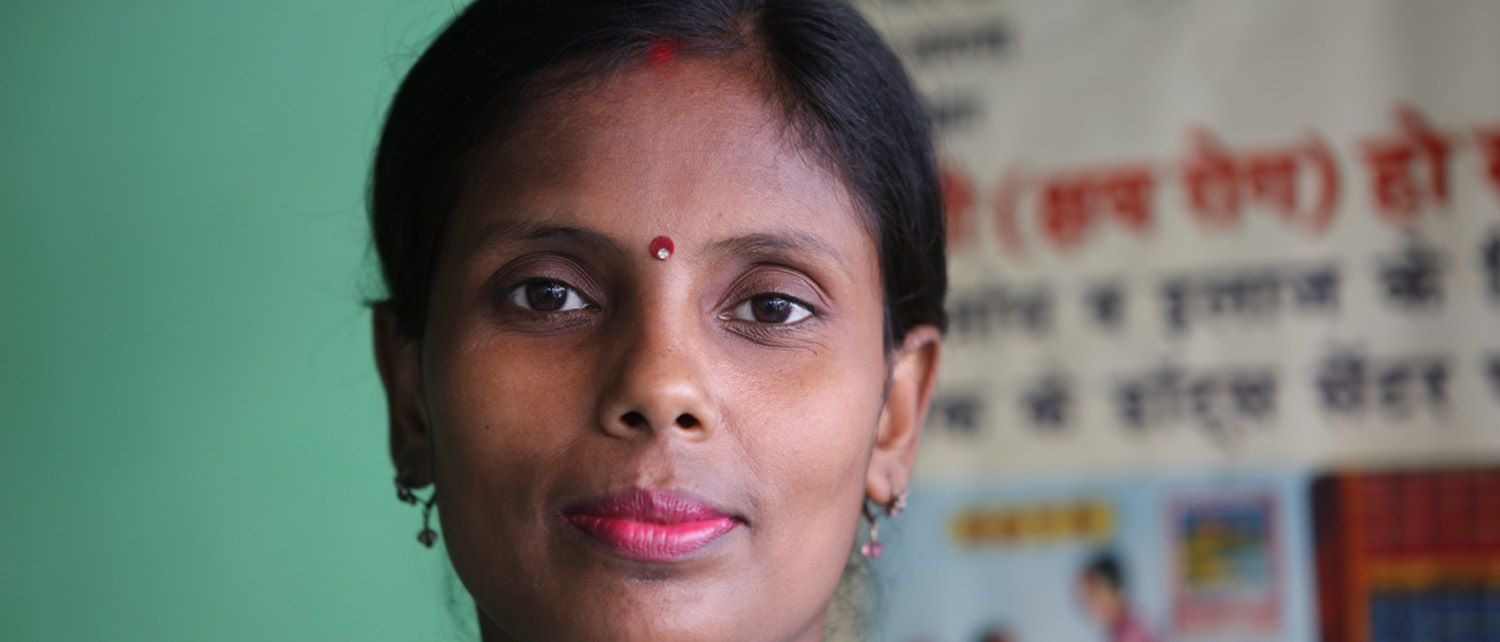The World Health Organization’s (WHO) 2017 Global Tuberculosis Report, released today, showed a reduction in TB deaths in 2016 compared to previous years but noted that progress against the disease isn’t fast enough to reach global goals. WHO’s End TB Strategy targets an 80 percent reduction in TB deaths by 2030 compared to 2015. As it stands now, however, TB continues to be the leading cause of death from a single infectious agent worldwide.
“TB is still, tragically, the world’s most deadly infection. And yet, efforts to curb this ancient disease remain woefully under-resourced,” said Dr. Mel Spigelman, president and C.E.O. of TB Alliance. “We need new tools—new drugs, diagnostics and vaccines—to meet the goals of the End TB Strategy. The current, decades-old tools will not suffice."
According to the report, there were 1.3 million TB deaths in HIV-negative people in 2016 and an estimated 10.4 million new cases of the disease. TB continues to be a leading cause of death in HIV-positive people, particularly in sub-Saharan Africa. Moreover, drug-resistant TB remains a serious concern. In 2016, there were 600,000 cases of TB with resistance to the most effective first-line drug, and 490,000 of those cases were resistant to multiple drugs.
“TB Alliance is helping to fill the drug pipeline with new chemical entities and novel combinations of medicines that show promise,” Dr. Spigelman added. “We are inching closer to having better, less toxic, simpler and affordable TB cures, but a faster pace would save many more lives. All of us in this effort need to embrace the urgency that TB should inspire.”
The availability of new treatments for children was a source of mixed news in the WHO report. The number of children aged 5 years and under who started on TB preventive treatment increased by 85 percent between 2015 and 2016, but was still only 13 percent of the 1.3 million estimated to be eligible. TB Alliance helped develop and, in 2016, launch the availability of a new pediatric treatment to meet the 2010 WHO guidelines for the treatment of active TB.


